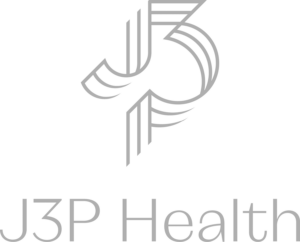Quality has always been a factor that carries significant weight among consumers when seeking new products or services. When considering quality in healthcare, it is the foundation upon which a strong reputation and overall success of an organization is built. Certainly, consumers are driven to healthcare institutions that pride themselves on high-quality care, and many times, accrediting bodies substantiate this as fact through a formal “seal” or various quality ratings and report cards.
Quality holds many meanings for healthcare consumers in today’s competitive landscape for services, such as:
-
- Patient safety
- Provider competencies and skillsets
- Positive outcomes
- Transparency / Honesty
- Patient Access
- Patient Experience
With a quick click of a button, consumers can gain a glimpse into any of the above program quality measures through various industry resources and consumer reviews (the good, the bad, and the ugly). A bad rating or review can tarnish a reputation in an instant, causing a consumer to seek care elsewhere. This then has the potential to create a domino effect within the consumers’ inner circles, as it’s human nature to share experiences.
Knowing the easy accessibility of hospital and provider data and information, and the overall impact that negative feedback and ratings can have on an organization, quality should always be top of mind for healthcare institutions and providers alike. But was this the case throughout the pandemic? Did quality take a back seat as healthcare institutions became overwhelmed trying to manage capacity issues and overall patient safety? Did excessive stress associated with the pandemic affect medical staff skillsets and performance? Were quality improvement (QI) committee meetings postponed or cancelled? Were negative outcomes, mortality rates, or overall key quality indicators overlooked? And was the data even accurate or perhaps skewed by Coronavirus cases?
These and other such questions are important to consider, but specifically come to mind in the context of the recent ACC-NCDR release of the 2021 CPMI Registry update to cardiovascular patient outcomes and care process measures. Essentially, this document suspends NCDR outcomes measures benchmarks (i.e., mortality) throughout the COVID-19 pandemic due to program outliers such as patient co-morbidities, significant volume fluctuations, and varying case mix across healthcare institutions. This guidance was supported by instilling trust in healthcare institutions to provide high quality care using other QI benchmarks, internal dashboards, and processes (i.e., peer review) to assess outcomes measures.
The ultimate purpose of the NCDR data registry is to provide an unbiased picture based on data (not opinion) of cardiovascular program performance, quality, and safety based on best practice care metrics. So, hospitals must now question how to accurately measure quality care and patient safety during the 12+ months of the pandemic. If the NCDR can’t determine how best to evaluate and measure patient outcomes over the last year, healthcare institutions will lack the ability to truly identify (through internal metrics) any existing red flags within patient care delivery, especially if there are challenges or shortcomings within internal data collection and analysis.
With vaccine roll-outs underway, and COVID daily counts and mortality rates continually decreasing (or at least holding a steady downward trend), hospitals must find ways to assess any negative impact or gaps in overall quality of care and processes across the full continuum. Quality has such a strong impact on reputation (hospital and provider), trust within the community, and overall success, which can be a strong marketing differentiator within the community. Thus, despite the effects of the pandemic, hospital can and should find ways to validate quality and communicate positive outcomes to the community.
As Benjamin Franklin said, “It takes many good deeds to build a good reputation, and only one bad one to lose it.”

 company
company 
 (412) 364-8200
(412) 364-8200



























